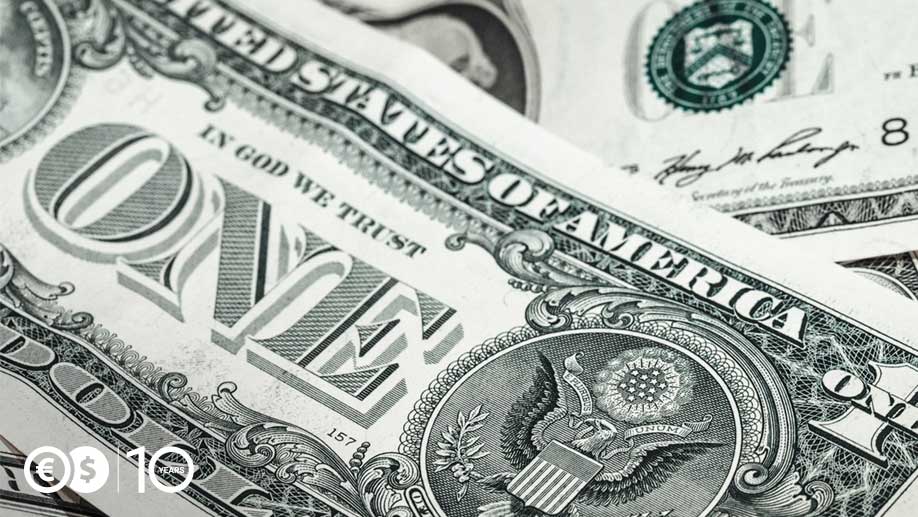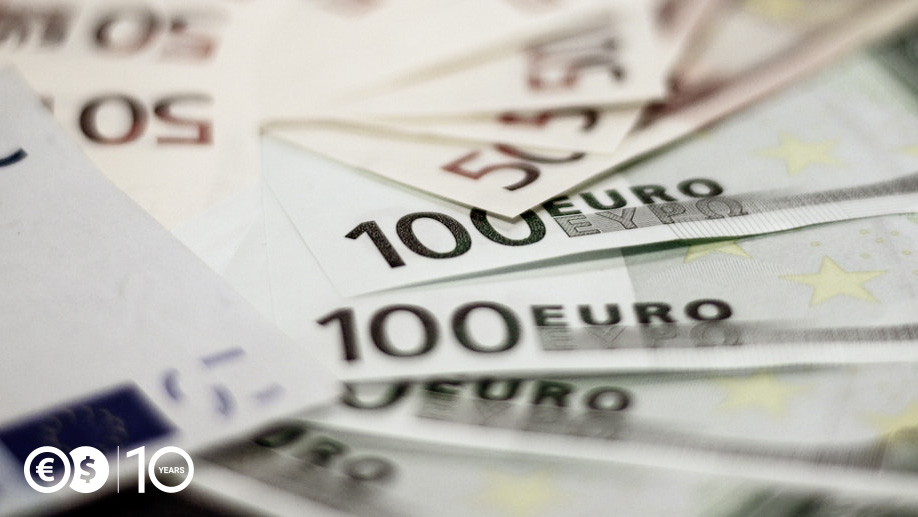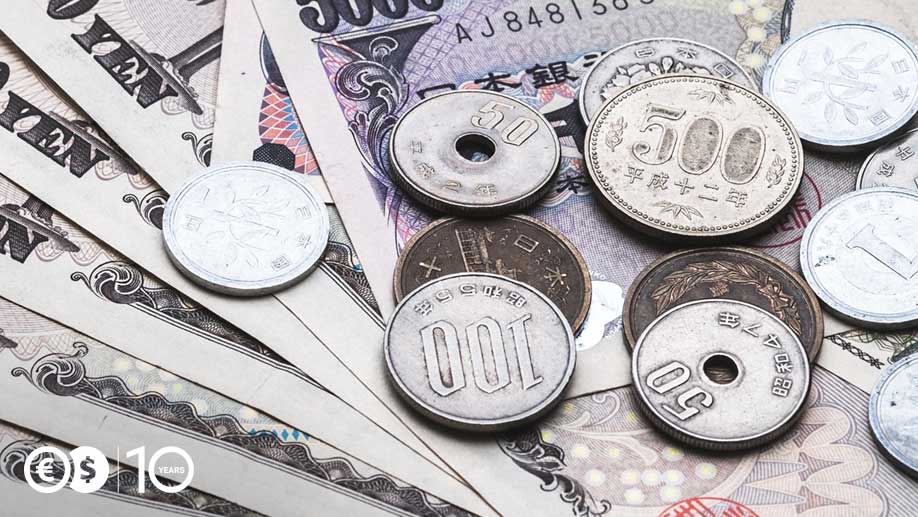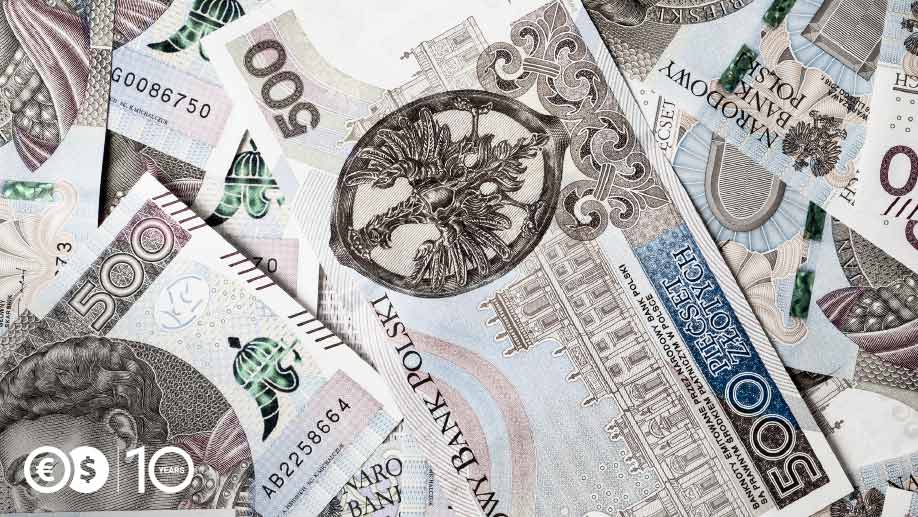According to the United Nations, there are as many as 180 different currencies. The majority of them are only used in one country, which means they do not enjoy global popularity. The most well-known currencies are those used worldwide. These are the ones that are consistently used in international transactions, which is why they can be labelled as the most important currencies of the world.
There is only one ruler

It’s not surprising that the most important and, at the same time, the most popular currency is the US dollar. The distinctive green banknote with the image of US presidents is defined in some circles as being a universal currency. According to data from the Bank for International Settlements (BIS), the US dollar accounted for more than 88% of all foreign exchange transactions in April 2019.
The US dollar is also the most crucial reserve asset currency. The International Monetary Fund reports that in the first quarter of 2019, as much as 62% of all global reserve assets were in dollars.
Individual countries denominate at least part of their bonds in dollars, even if they themselves use another currency. Some countries even bind their currency to the dollar, while others make it one of the accepted means of payment in order to limit inflation or even increase trust in the country in the international arena.
Interestingly, the American dollar is not only traded in the United States of America. It is also an official currency in Puerto Rico, Ecuador, Micronesia, Palau, El Salvador, East Timor, Zimbabwe, the Northern Mariana Islands, Bonaire, St Eustatius and Saba, as well as the Marshall Islands.
In addition, several other currencies owe at least part of their name to the US dollar. These include the Canadian dollar, the Australian dollar, the Singapore dollar and the Hong Kong dollar, among others.
In Europe, it is the euro that counts

According to statistics from the Bank for International Settlements, the euro is the second most important currency in the world, although many Europeans would undoubtedly point to it as being the most important. However, the data is unrelenting: even though the euro takes second place, in comparison to the dollar, it is much weaker. It accounts for just over 32% of all transactions.
A unique feature of the euro is that it is the common currency for the 19 currencies that make up the European Union. The euro is also an official means of payment in Andorra, Monaco, San Marino and Vatican City. It also serves this function in Kosovo and Montenegro, although these countries have adopted the euro as their currency without a corresponding agreement with the European Union.
The euro, as you might guess, is the world’s second most important reserve currency, only coming behind the US dollar.
The exchange rate of this currency is influenced by, among other things, the actions of the European Central Bank and the current state of economics of the most prominent EU member states.
The yen takes bronze

The podium of the most important currencies in the world is closed by the Japanese yen. In April 2019, it accounted for almost 17% of all currency transactions worldwide. It also takes third place in the ranking of the most popular currency reserves.
For a European, the popularity of the Japanese yen might come as a surprise. After all, there are a few other currencies that could aspire to be the most important. Globally, however, the position of the Japanese currency is understandable. The land of the cherry blossom tree has the third-largest economy in the world (after the United States and China).
Moreover, the Japanese financial sector is highly developed, and the currency itself is referred to as a safe haven. What does that mean? Safe-haven currencies are those that gain investor interest when there is an increase in risk in the market.
The grandpa of currencies
Of course, the oldest currency could not be missed in the ranking. This is the longest functioning monetary unit, which over the years has managed to make a name for itself as a fairly stable currency. Recently, however, this perception has started to shift, and the exchange rate of the British pound has been subject to more significant fluctuations. The reason for this, among other things, were the events related to Brexit, through which the pound sterling began to be compared to the currencies of emerging countries.
Nevertheless, according to the Bank of International Settlements, the pound sterling occupies a high fourth position in the ranking of the most traded currencies. In April 2019, it was the counterparty of almost 13% of all transactions conducted. Also, in terms of foreign exchange reserves, it is the fourth global power.
The British pound is the official currency in Great Britain, as well as in its dependent territories. We are talking about the British Antarctic Territory, Falkland Islands, Gibraltar, Guernsey, Isle of Man, Jersey, St. Helena Island, South Georgia and the South Sandwich Islands.
The dollar strikes again
Earlier on, we mentioned that several other countries have modelled the name of their currency on the dollar. One of them is Australia, whose residents use Australian dollars. This currency, which is a bit more exotic for Europeans, accounted for as many as 6.8% of all currency transactions worldwide in April 2019. The result gives AUD an honourable fifth place in the ranking of the world’s major currencies.
In the top ten most frequently traded currencies of the world, we can find these other currencies with dollar in their name. We are referring to the Canadian dollar in 6th place, the Hong Kong dollar in 9th position and the New Zealand dollar closing the list.
Taking into consideration the etymology of the name, it turns out that dollar completely dominates the ranking of the most important currencies of the world. Out of ten positions, it appears as many as five times - of course, in different forms.
Francophiles’ favourite currency
In seventh place, with a share of 5% in daily transactions, was the Swiss franc - a currency which became popular a few years ago with Polish borrowers, among others, who succumbed to trends to take out long-term loans in this currency.
What is the reason for such high popularity of the currency of a small European country? The Swiss franc, like the Japanese yen, is considered to be a safe haven currency, which gains importance in the eyes of investors when risks appear on the market, especially in Europe. This, of course, has to do with Switzerland’s reputation as a country with a very high level of financial services.
The currency of the Great Wall
The world’s second-largest economy and the fastest growing national economy - the currency of a country with such predispositions could not be missing either, although it only takes 8th place. We are, of course, talking about the Chinese renminbi, often referred to as the Chinese yuan.
This currency owes its position to, among others, the Chinese economy, which is based on the extraction of natural resources (China mines the largest amount of hard coal in the world) and export of goods (machinery, equipment, textiles, clothes, shoes, toys, sports equipment, fuel, and more).
The Chinese yuan participated in 4.3% of all global foreign exchange transactions in April 2019. Its exchange rate depends largely but not solely on trade relations with countries to which Chinese goods are exported - mainly the United States of America and Europe.
A long road ahead for the zloty

For the majority of Poles, the most important currency is, of course, the zloty. It is in this currency that they earn and settle most transactions. However, around the world, the Polish currency doesn’t enjoy much fame. According to the statistics of the Bank for International Settlements, in April 2019, only 0.6% of all global transactions were settled in PLN.
In this respect, the Polish zloty is only 23rd on the list, giving way not only to the currencies in the top positions but also to some of those which are slightly more exotic - the Indian rupee, the South African rand, the Turkish lira, the Brazilian real or the new Taiwanese dollar.



